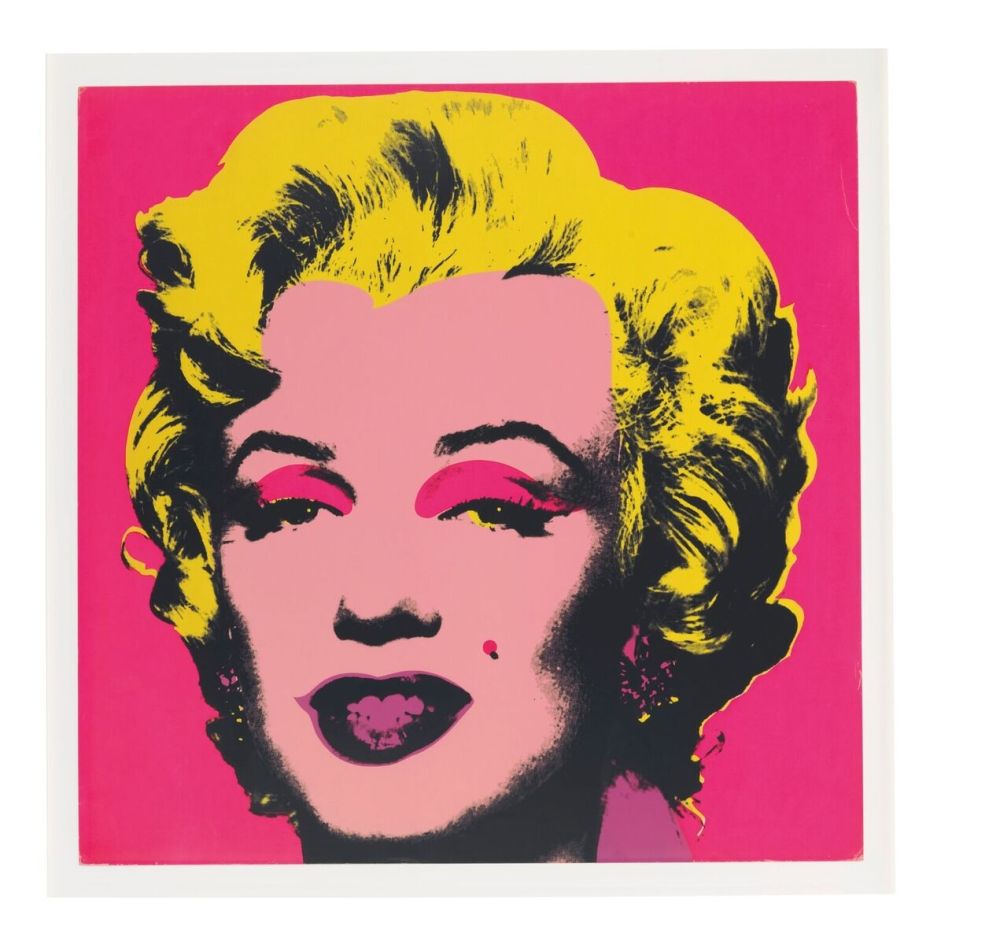
What is screen printing?

Screen printing is a technique that consists of printing a design using a stencil. The design is first made on paper and then the shape is cut out. The stencil is then applied to the final substrate so that the ink is only left inside the shape.
What is the history of screen printing?
Screen printing is a very old printing technique that has been around for thousands of years. According to historians, the Chinese were the first to invent and use this technique during the Song Dynasty (960-1279 AD). Then, in the 15th century, Japanese craftsmen adopted the practice. The idea was to transfer patterns onto paper and silk fabric. Screen printing then spread to Europe in the 18th century. However, it took another two centuries before it became a success on the old continent. At the time, the cost of silk was a barrier to screen printing. At the beginning of the 20th century, the technique spread throughout Europe. As it spread and became more democratic, screen printing underwent new developments. Nylon, a more affordable material, gradually replaced silk. The roller, previously used to spread the ink, was replaced by a squeegee. As for the ink, it was also modernised to offer greater precision.
In the 1960s, screen printing experienced one of its key moments. Thanks to famous artists from the Pop Art movement, such as Andy Warhol and Roy Lichtenstein, it came to the fore. Artists used this technique to create repeated images. Andy Warhol's silkscreen of Marilyn Monroe is one of the most famous works. Thanks to this exposure, silk-screening became widespread in the late 1970s. It can be found on posters, clothes, advertisements, vinyl sleeves, etc.

Andy Warhol's silkscreen of Marilyn Monroe
What is the process used to produce a contemporary art screen print?
Today, screen printing is the most popular printing technique in terms of quality, efficiency and economy. It is a direct printing technique that allows ink to be deposited directly onto the desired surface through a stencil. It allows the colours to be played with, both in terms of density and saturation. Silk-screening allows for mass production and is therefore the ideal technique for artists wishing to produce works in several copies. Thanks to its simple production process, screen printing has found its way into the art world. In order to produce a work of art using this technique, the artist must first create a stencil according to the motif or design he or she wishes to showcase. One of the advantages of screen printing is that it can be used on a wide range of materials: canvas, paper, wood, metal, cardboard, etc. The artist then simply places the stencil on the chosen surface and applies the ink. Depending on the desired result, the stencil must be passed over a certain number of times. In addition, for each colour in the design, the process must be repeated.
Where can I find screen prints?
To have an overview of contemporary art screen prints, it is possible to go to the ARTactif website. Thanks to the architecture of this directory of contemporary artworks, you can make targeted selections of works: filter according to name, techniques (painting, sculpture, drawing, installation...), mediums (acrylic, wood, resin, collage, graffiti...), themes (human, nature, object, animal...), as well as by size, orientation or colour. By selecting the medium "silk-screen printing", you will have access in a few clicks to all the silk-screen prints of contemporary art listed among the thousands of works available on the ARTactif site.





































































